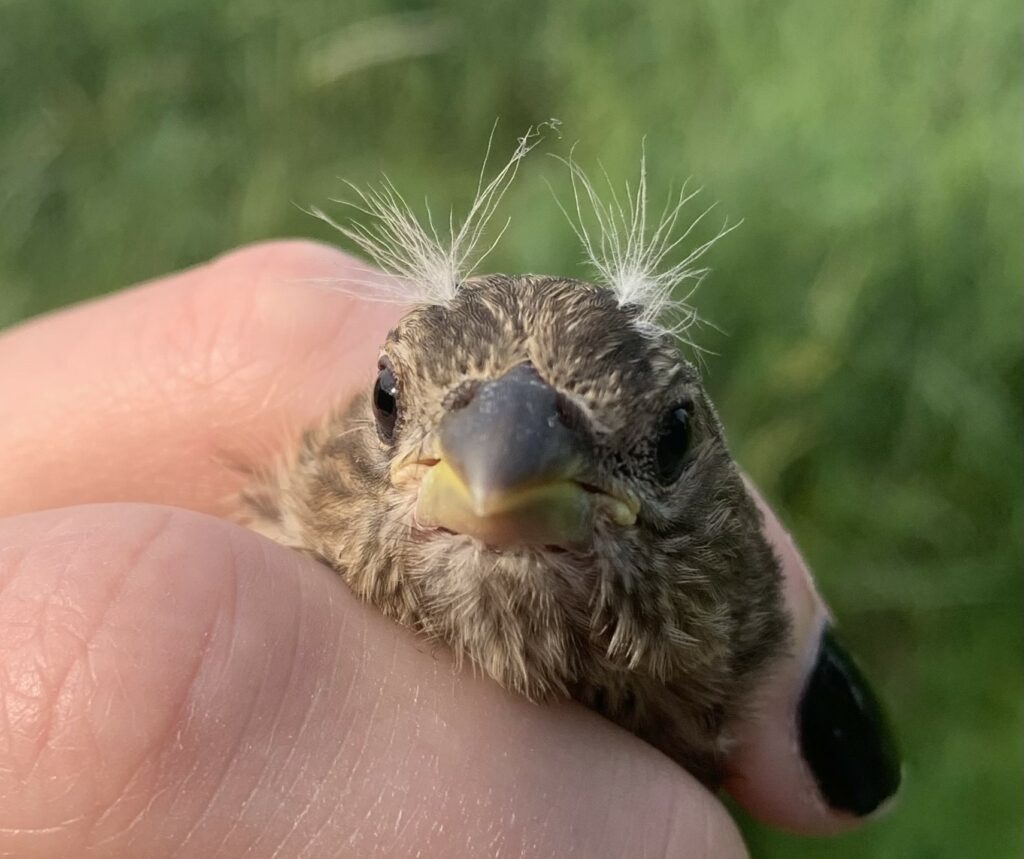
After a 2-week hiatus, I arrived at the Fern Hill Burlington campus to find that, for the most part, the nesting/breeding season was well underway. Almost all of the female birds we captured had either brood patches (swelling of the abdominal area so that the loose skin makes more complete contact with eggs) or were showing obvious signs that they were carrying a egg, ready for laying. Most birds that were observable were carrying nesting material (Mourning Doves making a new nest), or food for young recently hatched, or fecal sacs away from the nest so their whiteness didn’t give away the nest’s camouflage. And, as the above picture clearly shows, some species had already produced and fledged young.
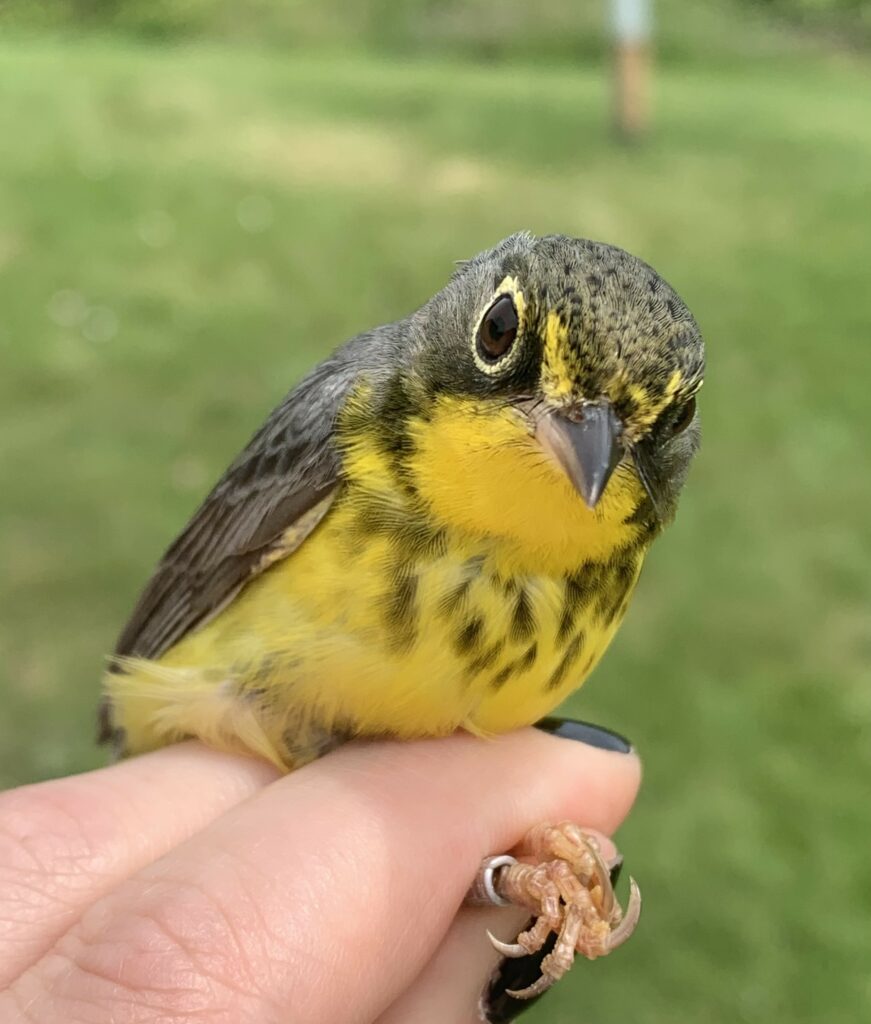
But, on the other hand, we came across a seeming anomaly – this female Canada Warbler showing no sign of breeding condition and carrying a significant fat load indicating that it still had many kilometers yet to go before starting to nest. The Canada Warbler is noted as being a “late” migrant so, in itself, its presence wasn’t a surprise. It was just interesting to see it, still on its way, amidst a busy, ongoing breeding population.
Banded 15:
1 Warbling vireo
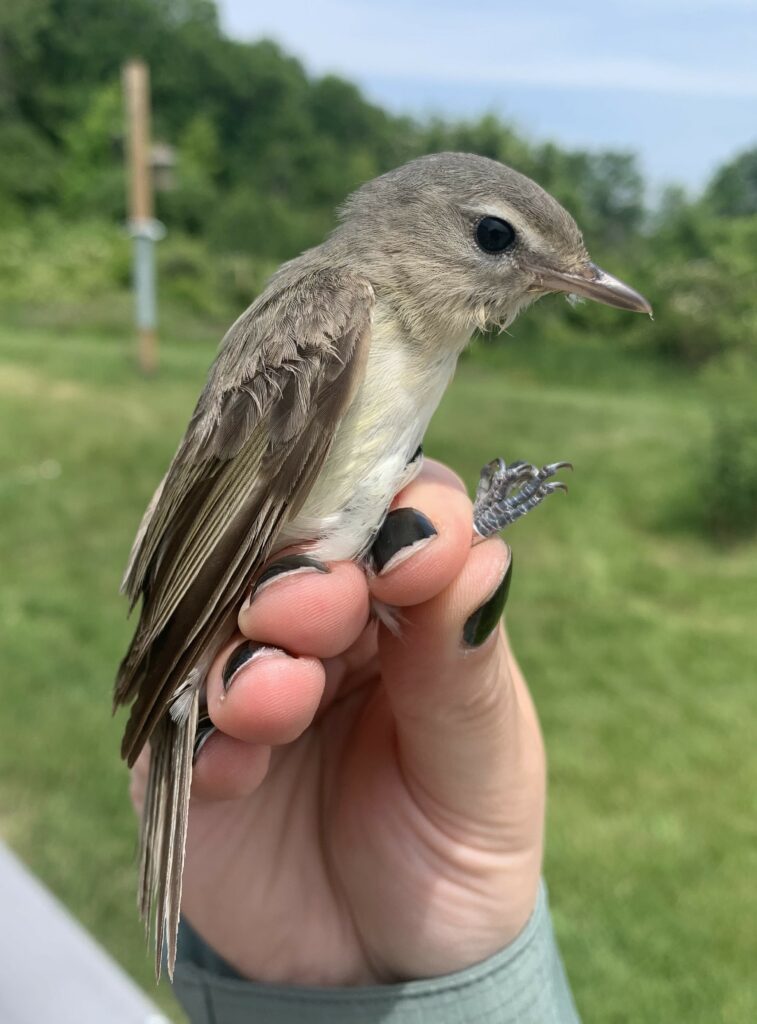
1 Gray Catbird
1 Cedar Waxwing
2 House Sparrows
4 House finches
1 American Goldfinch
1 Red-winged Blackbird
2 Common Yellowthroats
1 Yellow Warbler
1 Canada Warbler
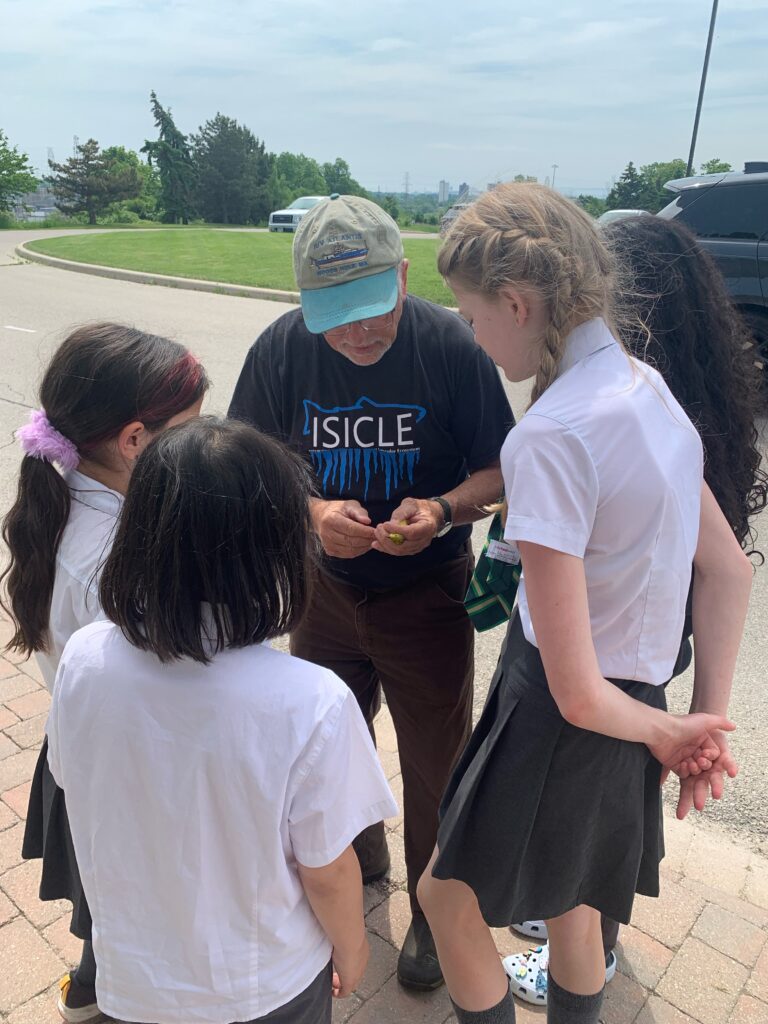
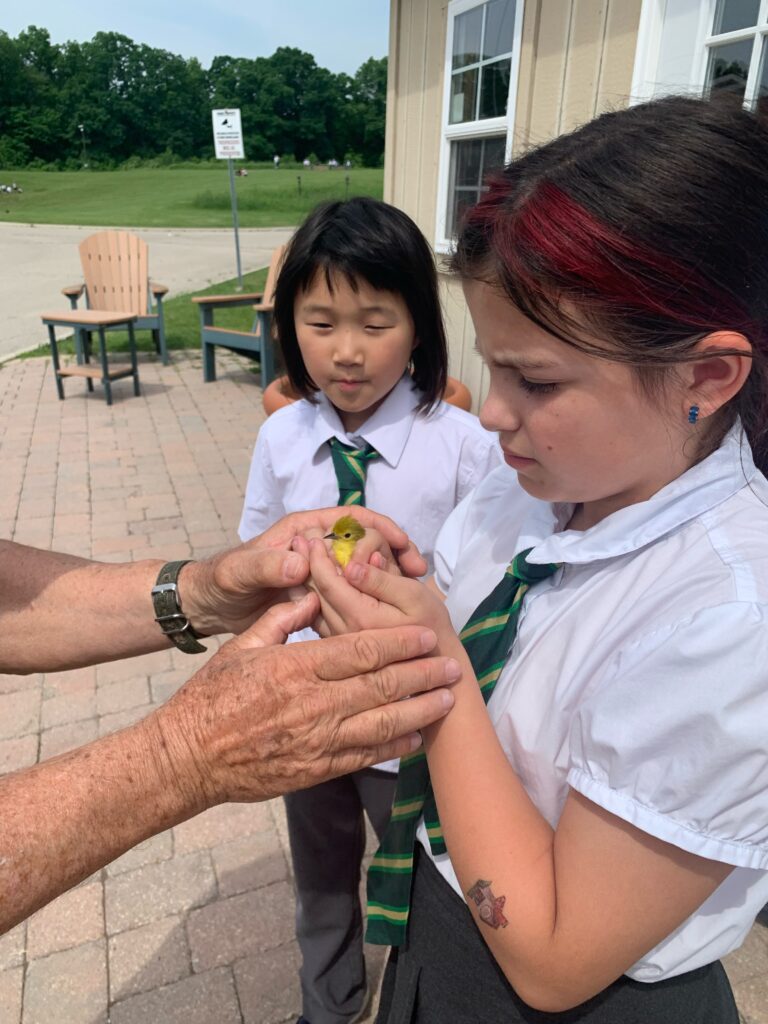
Rick
